Home>Garden Essentials>What Do Begonia Seeds Look Like
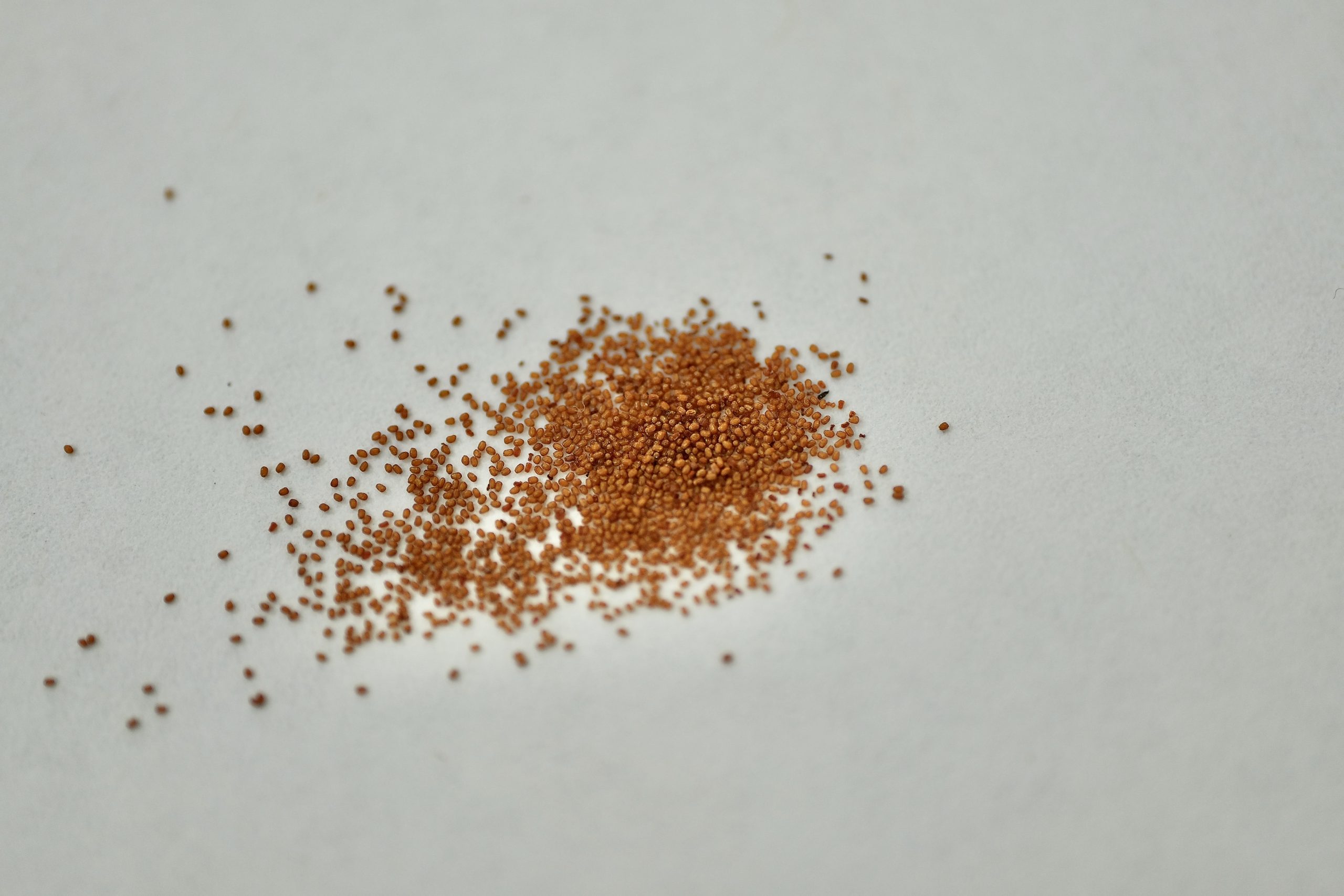

Garden Essentials
What Do Begonia Seeds Look Like
Modified: May 6, 2024
Get a closer look at begonia seeds in your garden. Learn about the appearance and characteristics of these unique seeds for successful planting.
(Many of the links in this article redirect to a specific reviewed product. Your purchase of these products through affiliate links helps to generate commission for Storables.com, at no extra cost. Learn more)
Introduction
Gardening enthusiasts often find joy in exploring the fascinating world of plant propagation. While some plants can be reproduced through cuttings or divisions, others rely on seeds for their reproduction. Begonias, with their stunning variety of colors and striking foliage, are no exception. Understanding the characteristics and appearance of begonia seeds is crucial for successful germination and cultivating these beautiful plants.
In this article, we will dive deep into the realm of begonia seeds, exploring their appearance, colors, sizes, shapes, textures, and germination. Whether you are a seasoned gardener or a beginner looking to start your begonia journey, this guide will provide you with valuable insights.
So, grab your gardening gloves and let’s embark on a seed-filled adventure!
Key Takeaways:
- Begonia seeds come in a variety of colors, sizes, and shapes, reflecting the diversity within the begonia family. Their appearance holds clues to the unique and beautiful plants they will grow into.
- Understanding the germination process of begonia seeds is crucial for successfully growing these vibrant plants. Providing warmth, moisture, and diffused light will help these tiny seeds transform into thriving seedlings.
Read more: What Do Salvia Seeds Look Like
Understanding Begonia Seeds
Before we delve into the specifics of begonia seeds, let’s take a moment to understand their significance in the life cycle of these plants. A begonia seed is essentially the reproductive structure that contains the genetic material needed to produce a new begonia plant. It is the starting point of a remarkable journey from seed to mature plant.
When a begonia plant matures and begins to flower, it produces seed pods. These pods contain numerous seeds that can be collected and stored for future planting. Alternatively, seeds can also be purchased from reputable seed suppliers that offer a wide range of begonia varieties.
Each begonia seed carries the genetic information that determines the characteristics of the new plant it will grow into, such as leaf shape, flower color, and overall growth habit. Understanding this genetic diversity can help gardeners select specific begonia varieties for their unique beauty and desired traits.
It’s important to note that begonia seeds are typically asexual, meaning they are produced through self-pollination without the need for fertilization. This is known as apomixis. However, some begonia species and hybrids may produce seeds through cross-pollination by insects or other means.
Now that we have a basic understanding of begonia seeds, let’s explore the fascinating world of their appearance and characteristics.
Appearance of Begonia Seeds
Begonia seeds exhibit remarkable diversity in their appearance, reflecting the wide range of begonia species and hybrids. While there may be variations among different cultivars, some common characteristics are worth noting.
Begonia seeds are typically small and have a rounded or oval shape. They can range in size from as tiny as a pinhead to as large as a pea, depending on the begonia variety. The color of begonia seeds can also vary widely, offering a spectrum of hues including black, brown, beige, or even vibrant red or orange.
The outer surface of begonia seeds is smooth and glossy, giving them a shiny appearance. This smoothness assists in water retention, helping the seeds to withstand periods of drought and ensuring better germination rates.
One distinctive feature of begonia seeds is their hardened shell or seed coat. This protective layer encases the embryo and provides a barrier against external factors such as moisture, temperature variations, and potential hazards during transportation and storage.
Some begonia seeds have a thin, papery seed coat that is easy to break, while others have a thicker and tougher shell that requires a bit of effort to crack open. The variation in seed coat thickness can impact the germination process, as it affects the seed’s ability to absorb water and initiate growth.
Overall, the appearance of begonia seeds is a testament to the incredible variety found within the begonia family. From their size and shape to their colors and textures, each seed holds the promise of a unique and beautiful plant waiting to bloom.
Variations in Begonia Seed Colors
One of the captivating aspects of begonia seeds is their wide array of colors. The colors of begonia seeds not only contribute to their visual appeal but also provide vital information about the genetic traits and characteristics of the plant they will eventually become.
Begonia seeds can come in various colors, including black, brown, beige, red, orange, and even shades of pink and purple. The specific color of the seed is influenced by the pigments present in the seed coat, which is determined by the genetics of the parent plants.
The black and brown seed colors are the most common among begonias. These colors are usually associated with species begonias, as well as some of the hybrid varieties. The shades of black and brown can range from deep, dark hues to lighter, earthy tones, imparting a sense of richness and maturity to the seeds.
On the other end of the spectrum, there are begonia seeds that exhibit striking shades of red, orange, or pink. These vibrant colors can be found in certain cultivars and hybrids, adding a touch of brightness and excitement to the seed collection.
The diversity in begonia seed colors is not only visually pleasing, but it also helps gardeners differentiate between different varieties and species. By recognizing the distinct seed colors, enthusiasts can identify and track the specific genetic characteristics they are interested in propagating.
It’s important to note that the color of the seed does not necessarily indicate the flower color of the mature plant. Begonias are known for their ability to produce flowers in a wide range of shades, and the true color of the plant will only reveal itself when it blooms.
As you embark on your begonia growing journey, pay attention to the intriguing variations in seed colors. Collecting and sowing seeds of different colors can be a delightful way to experiment and discover new and interesting begonia varieties.
Begonia seeds are tiny and resemble dust or fine sand. They are usually brown or black in color and can be difficult to see without a magnifying glass.
Size and Shape of Begonia Seeds
Begonia seeds exhibit a fascinating range of sizes and shapes, adding to the allure and uniqueness of these plant propagators. Understanding the size and shape of begonia seeds is crucial for proper handling, sowing, and ensuring successful germination.
The size of begonia seeds can vary widely, depending on the specific species or hybrid variety. They can range from as small as a pinhead, barely visible to the naked eye, to as large as a pea, easily noticeable and easy to handle. Most begonia seeds fall somewhere in between these extremes, typically about the size of a grain of rice or even slightly smaller.
The shape of begonia seeds also offers an interesting diversity. While many begonia seeds have a rounded or oval shape, resembling tiny beads, there are variations that can be more elongated or have irregular shapes. Some seeds may be slightly flattened, giving them a disc-like appearance.
The size and shape of begonia seeds are influenced by multiple factors, including the species or hybrid cultivar, the development of the seed capsule, and the individual genetics. For example, certain begonia species may produce smaller seeds compared to larger hybrid varieties.
It’s important to consider the size and shape of begonia seeds when it comes to handling and sowing them. Smaller seeds may require a delicate touch and careful placement in the soil, ensuring they are not buried too deeply. Larger seeds, on the other hand, are easier to handle and sow at a suitable depth.
When sowing begonia seeds, it’s generally recommended to sow them at a shallow depth, usually about one-fourth to one-half inch deep in a well-draining seed-starting mix. This allows the seeds to receive adequate moisture and light for germination without being buried too deeply.
Understanding the size and shape of begonia seeds will not only aid in proper seed handling but also provide valuable insights into the growth and development of these beautiful plants. So, take a closer look at the seeds you collect or purchase, appreciate their unique sizes and shapes, and watch as they transform into magnificent begonia plants.
Read more: What Do Garlic Seeds Look Like
Texture and Surface of Begonia Seeds
When it comes to begonia seeds, their texture and surface play a crucial role in their ability to withstand various environmental conditions and facilitate successful germination. Let’s explore the fascinating texture and surface characteristics of begonia seeds.
Begonia seeds have a smooth and glossy outer surface, giving them a polished appearance. This smoothness is an adaptation that allows the seeds to retain moisture, ensuring better survival during periods of drought and enabling them to germinate more effectively.
The smooth surface of begonia seeds also plays a role in protecting them from potential damage during transportation and storage. It minimizes the risk of the seed coat getting scratched or punctured, which could potentially compromise the seed’s viability.
Upon closer examination, you may notice fine ridges or striations on the surface of some begonia seeds. These lines are part of the natural texture of the seed coat and contribute to its overall appearance. However, these ridges do not significantly impact the germination process, as the seed coat is still relatively smooth and intact.
In addition to the smooth surface, begonia seeds have a firm and compact texture. This firmness helps protect the delicate embryonic tissues inside the seed and provides support during the germination process. It also contributes to the seed’s resilience, allowing it to withstand external pressures and maintain its structure until the conditions are suitable for germination.
It’s worth noting that begonia seeds may vary slightly in texture and surface characteristics among different species and cultivars. Some seeds may feel slightly softer or harder to the touch, but this variation does not significantly impact their germination potential.
When handling begonia seeds, it’s essential to be gentle and avoid excessive pressure or rough handling. The smooth texture and compact structure of the seeds can be easily damaged, affecting their viability and ability to germinate.
So, the next time you observe the smooth and glossy surface of begonia seeds, take a moment to appreciate the marvel of their texture and how it contributes to their resilience and successful growth.
Germination of Begonia Seeds
The germination process of begonia seeds is a magical journey that transforms these tiny, dormant structures into vibrant, growing plants. Understanding the key factors and techniques for successful germination will greatly increase your chances of growing healthy begonias from seeds.
Before sowing begonia seeds, it’s important to create an environment that mimics their natural growing conditions. Begonias prefer moderately warm temperatures, typically between 70-75°F (21-24°C). Maintain a consistent and warm temperature throughout the germination process to promote optimal seed sprouting.
Begonia seeds require a well-draining and slightly moist seed-starting mix. Moisture is essential to trigger germination, but overly soggy conditions can lead to rot. Prepare the seed-starting mix by combining equal parts of sterile potting soil, perlite, and vermiculite. This mixture provides good aeration and moisture retention.
Sow the begonia seeds on the surface of the seed-starting mix, gently pressing them into the soil but avoiding burying them too deeply. Lightly mist the seeds with water or use a spray bottle to ensure they are uniformly moist. Cover the container with a plastic dome or plastic wrap to create a mini greenhouse effect that helps retain moisture.
Light is crucial for begonia seed germination, but they prefer diffused light rather than direct sunlight. Place the container in a bright location with filtered light or provide artificial light using a fluorescent grow light. Aim for 12-16 hours of light per day.
The germination process for begonia seeds can vary depending on the variety and growing conditions. Generally, begonia seeds may take anywhere from 1 to 4 weeks to sprout. Patience is key during this time, as some begonia seeds may require a longer germination period.
Once the begonia seeds have sprouted, remove the plastic cover and continue to provide adequate light and moisture. Avoid overwatering, as excessive moisture can lead to damping-off disease. Water the seedlings from the bottom by placing the container in a tray of water and allowing the soil to soak up moisture through the drainage holes.
As the seedlings grow, thin them out to promote better airflow and prevent overcrowding. Transplant the healthy seedlings into individual pots once they have developed a few sets of true leaves.
Remember, begonia seeds are sensitive to cold temperatures and frost. Wait until all chances of frost have passed before transplanting seedlings outdoors or moving them to larger containers.
With proper care, attention to light, and moisture levels, begonia seeds will sprout and grow into beautiful plants ready to adorn your garden or indoor space.
Conclusion
Begonia seeds hold the promise of beauty and wonder, encapsulating the potential for vibrant and diverse plants. Understanding the appearance, colors, sizes, shapes, textures, and germination process of begonia seeds is essential for successful cultivation of these magnificent plants.
By observing the appearance of begonia seeds, we can marvel at their small size, rounded or oval shape, and glossy surface. The diversity of seed colors, from black and brown to red and orange, adds to their allure and offers insights into the genetic traits they carry.
The size and shape of begonia seeds vary, influencing their handling and sowing techniques. Whether they are as small as a pinhead or as large as a pea, the unique characteristics of each seed contribute to the growth and development of the plant.
Texture and surface play a vital role for begonia seeds, with their smooth and glossy exteriors protecting them and aiding in water retention. The compactness and resilience of the seeds ensure their successful germination under suitable conditions.
The germination of begonia seeds is a fascinating process, requiring warmth, moisture, light, and patience. By providing the right environment, we can witness the transformation of these dormant seeds into thriving seedlings, ready to embrace the world.
In conclusion, the journey of begonia seeds is one of potential and possibility, inviting us to participate in the intricate cycle of life. With knowledge, care, and a touch of creativity, we can sow these remarkable seeds and watch as they unfurl into the remarkable begonia plants they were destined to be.
So, let’s embrace the world of begonia seeds, explore their beauty, and embark on a bountiful gardening adventure with these magnificent plants.
Now that you know about begonia seeds, why not dive deeper into the world of gardening? If you're wondering about costs, our guide on flower seeds will help you budget for your next planting project. For those looking to add some charm to their outdoor space, check out our creative garden fence ideas. Both articles offer great tips and insights to enhance your gardening journey!
Frequently Asked Questions about What Do Begonia Seeds Look Like
Was this page helpful?
At Storables.com, we guarantee accurate and reliable information. Our content, validated by Expert Board Contributors, is crafted following stringent Editorial Policies. We're committed to providing you with well-researched, expert-backed insights for all your informational needs.
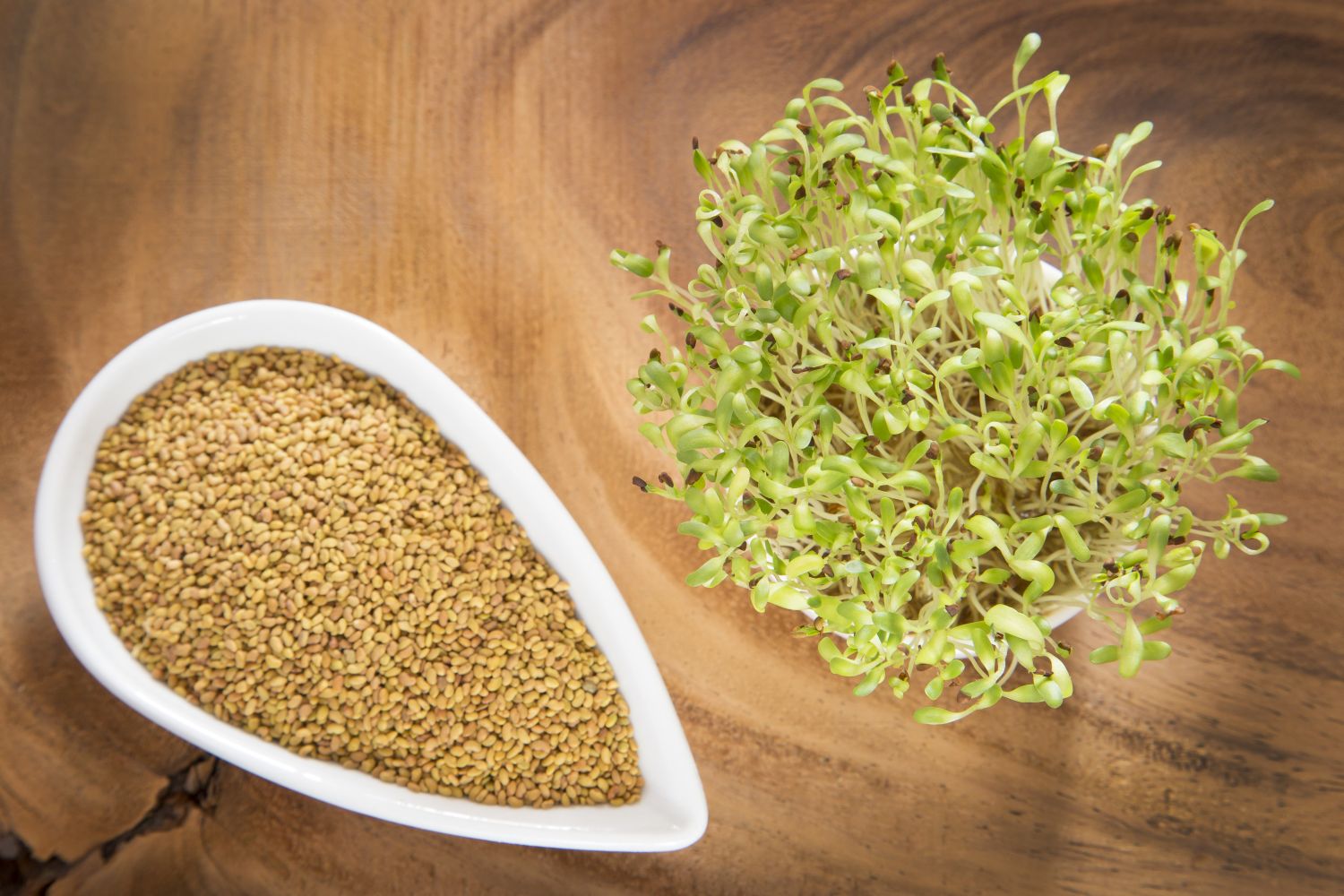
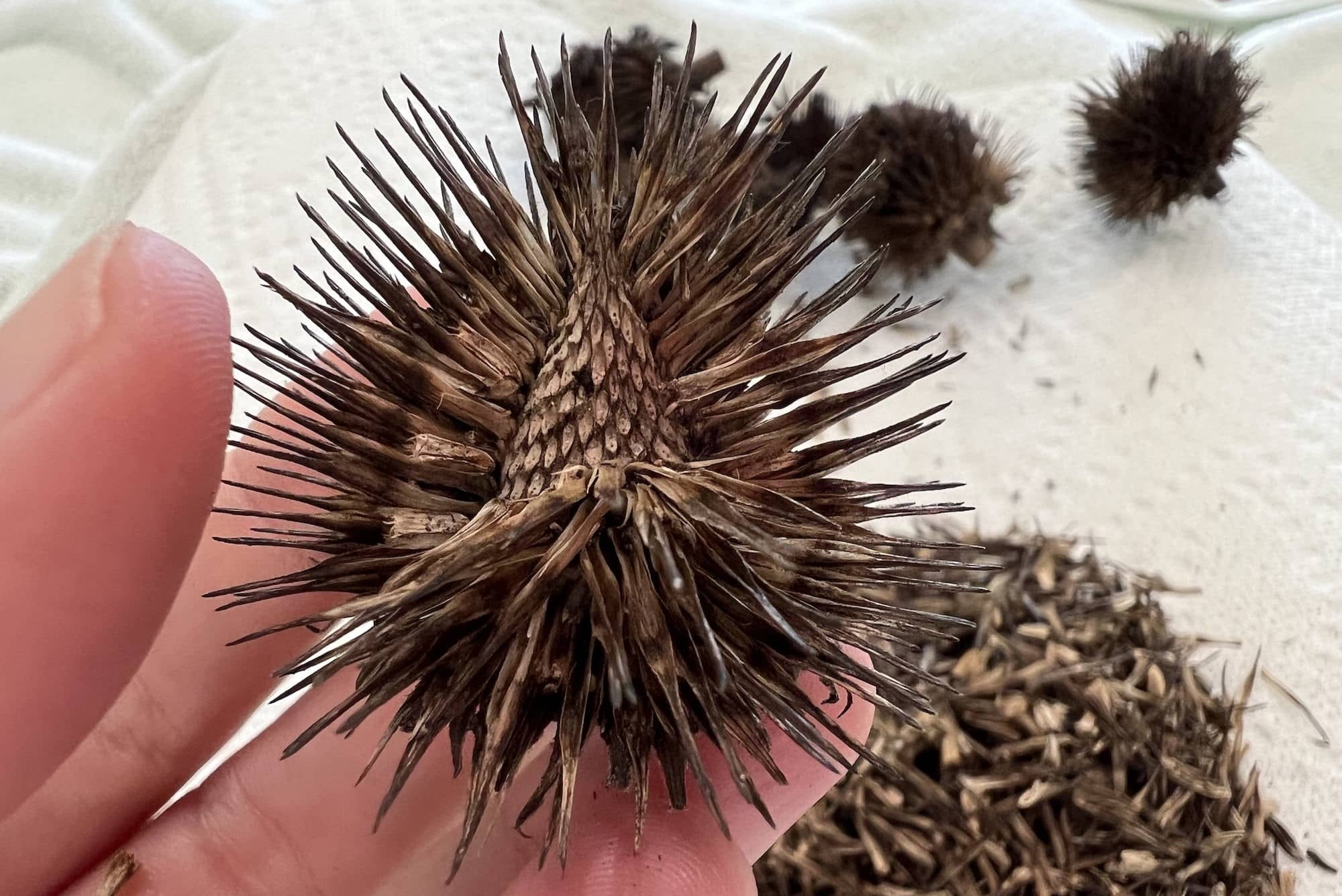
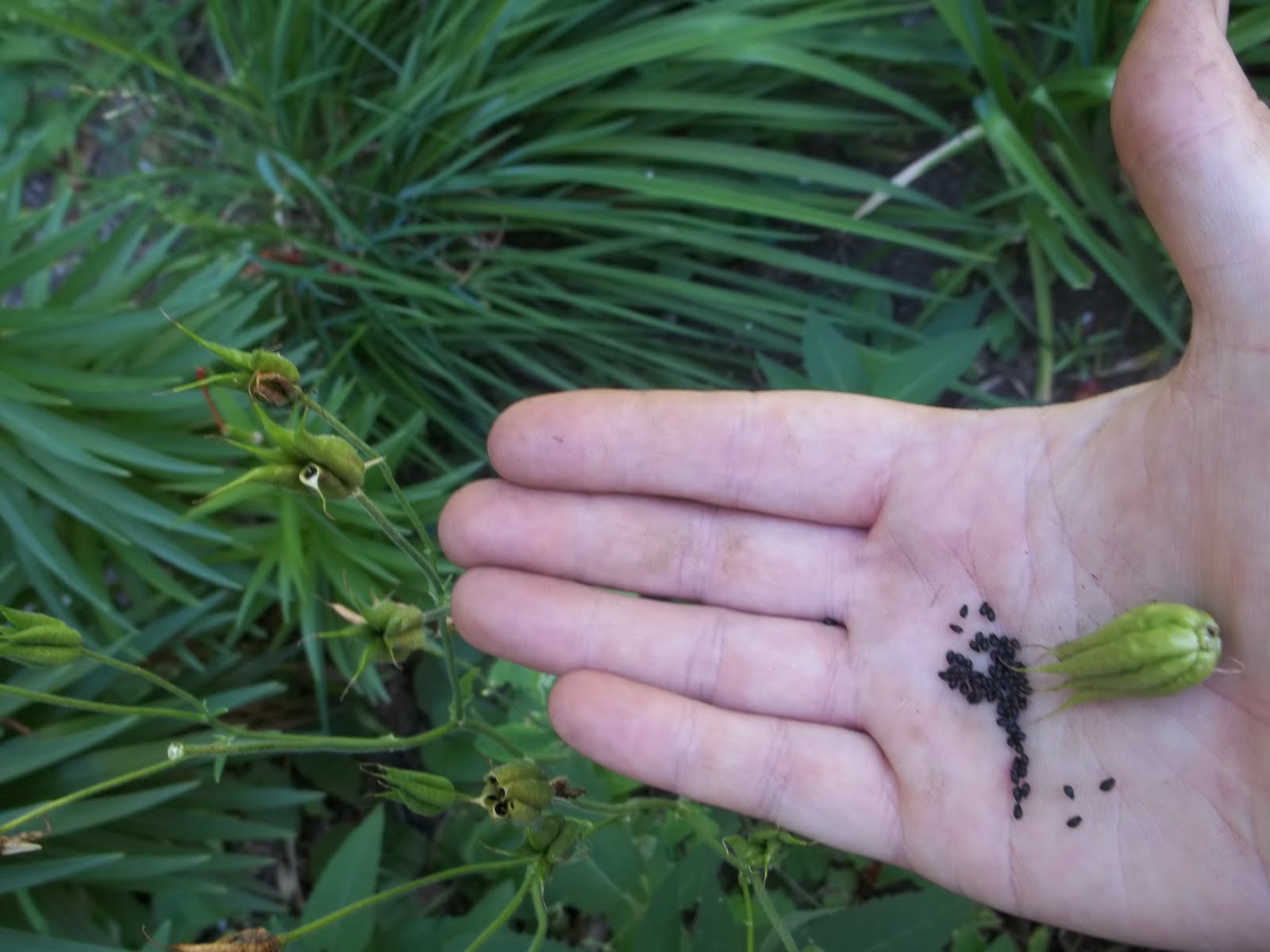
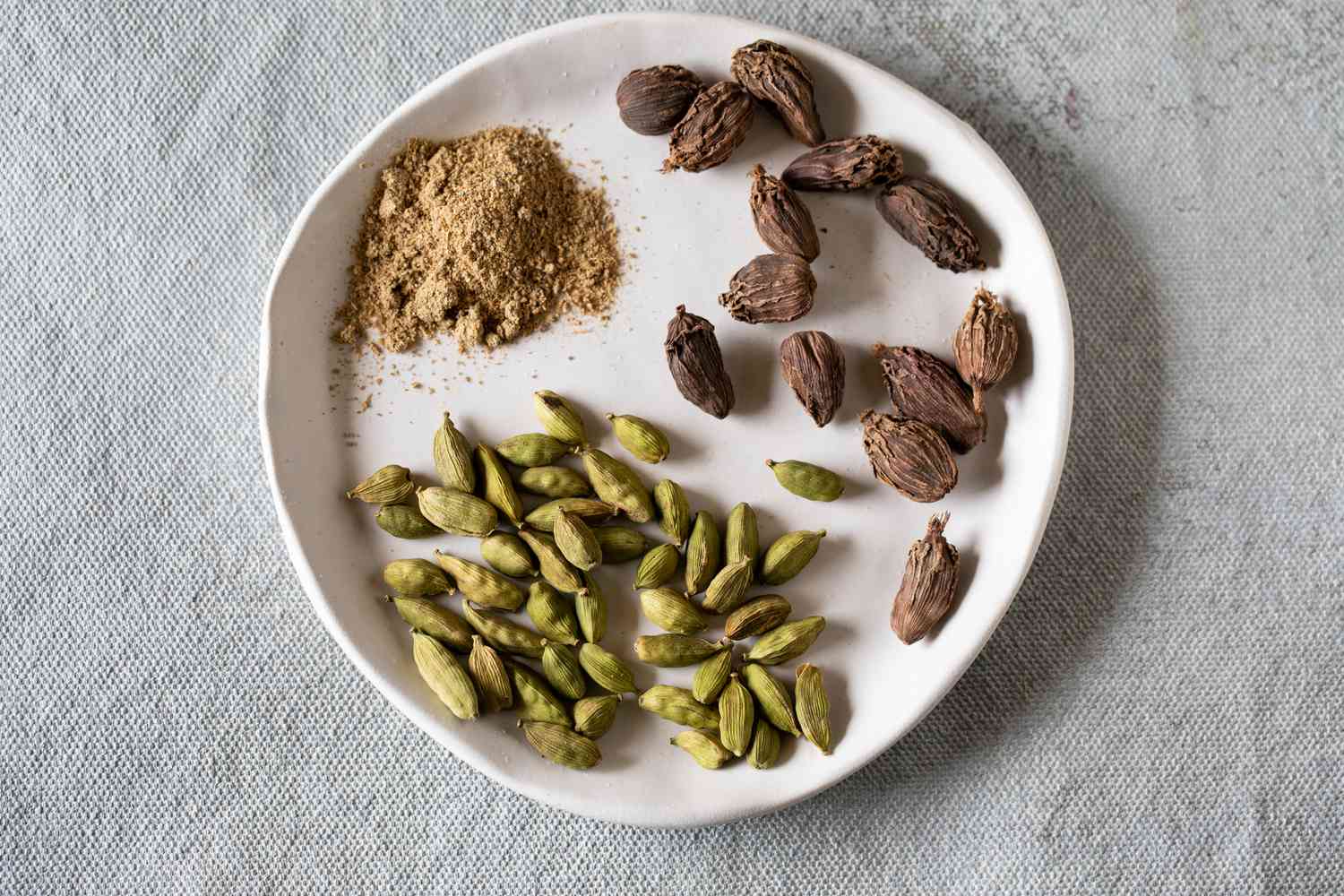
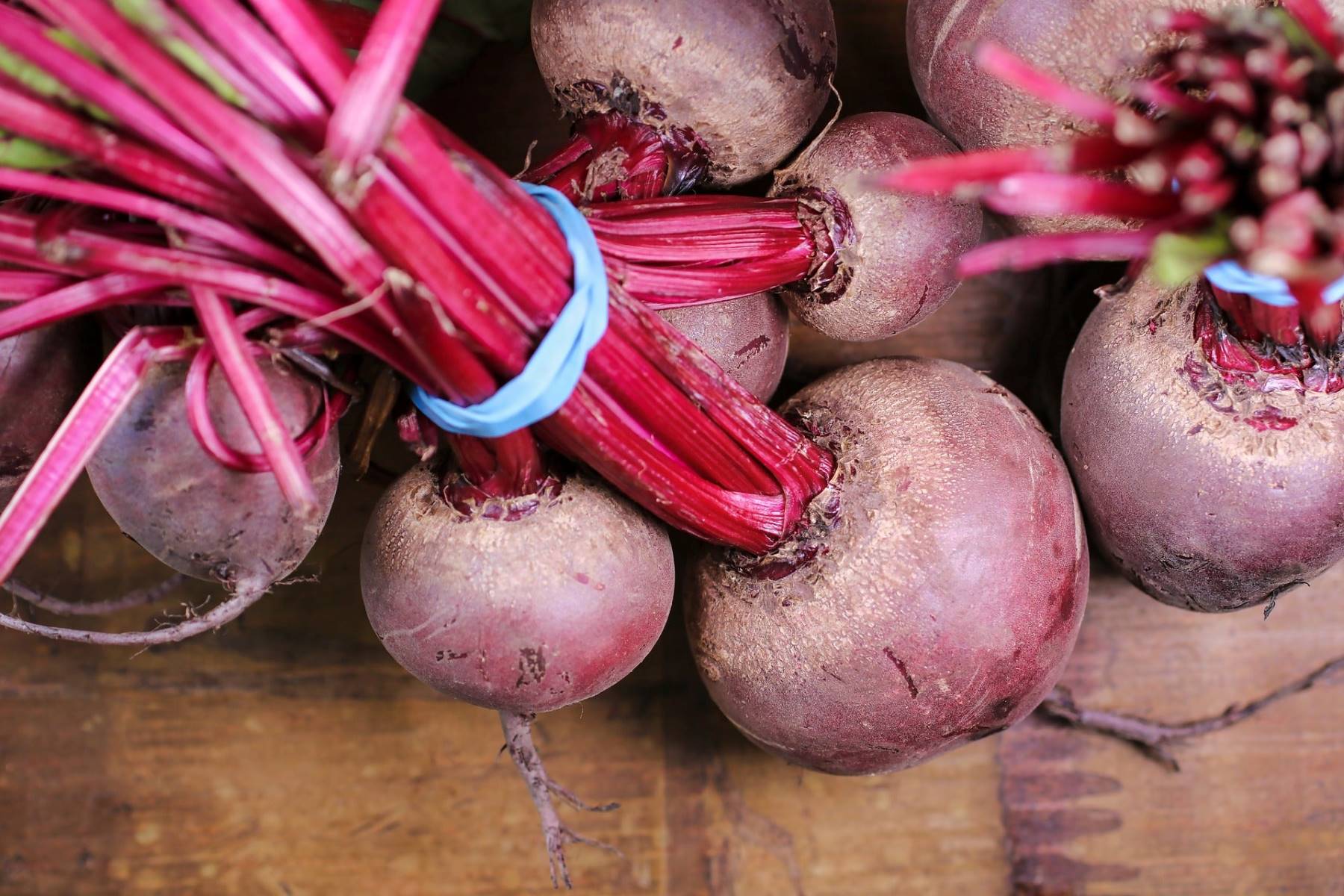
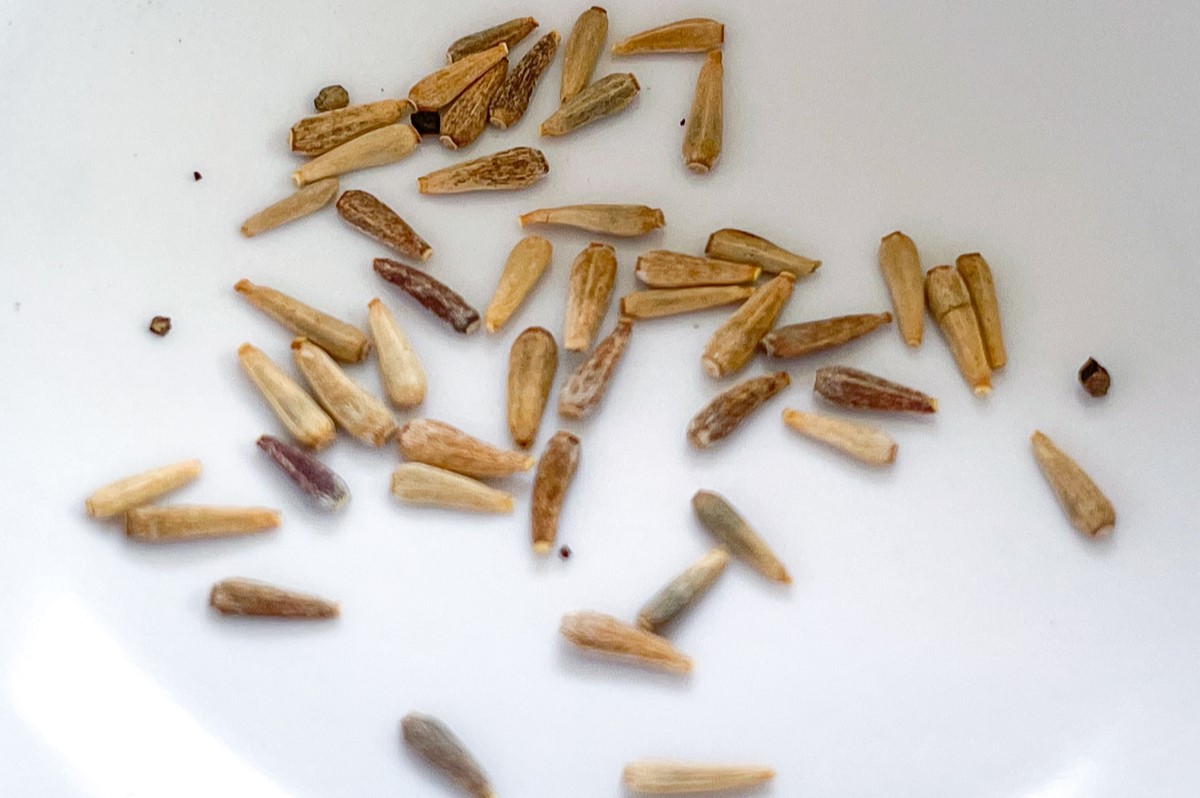
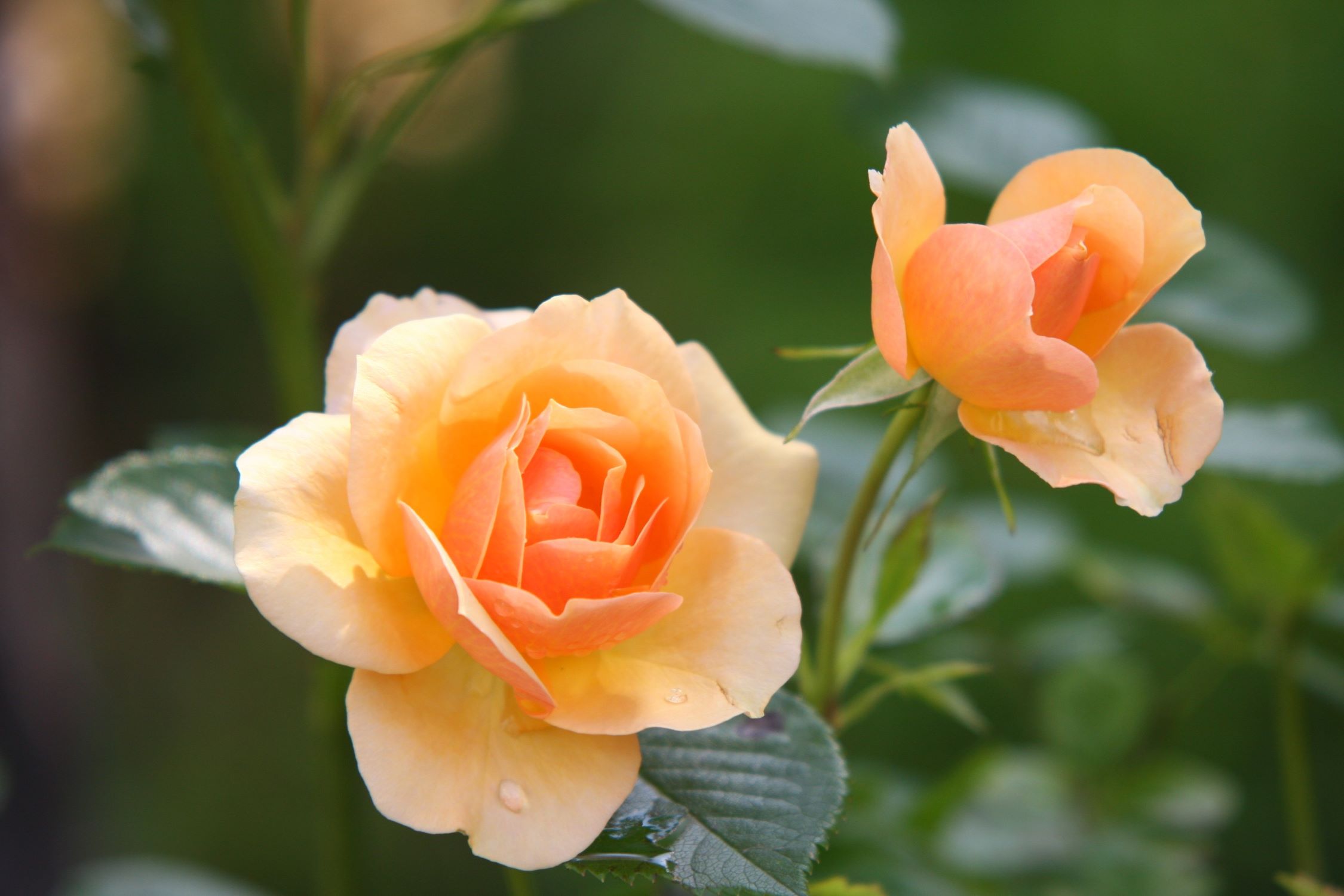
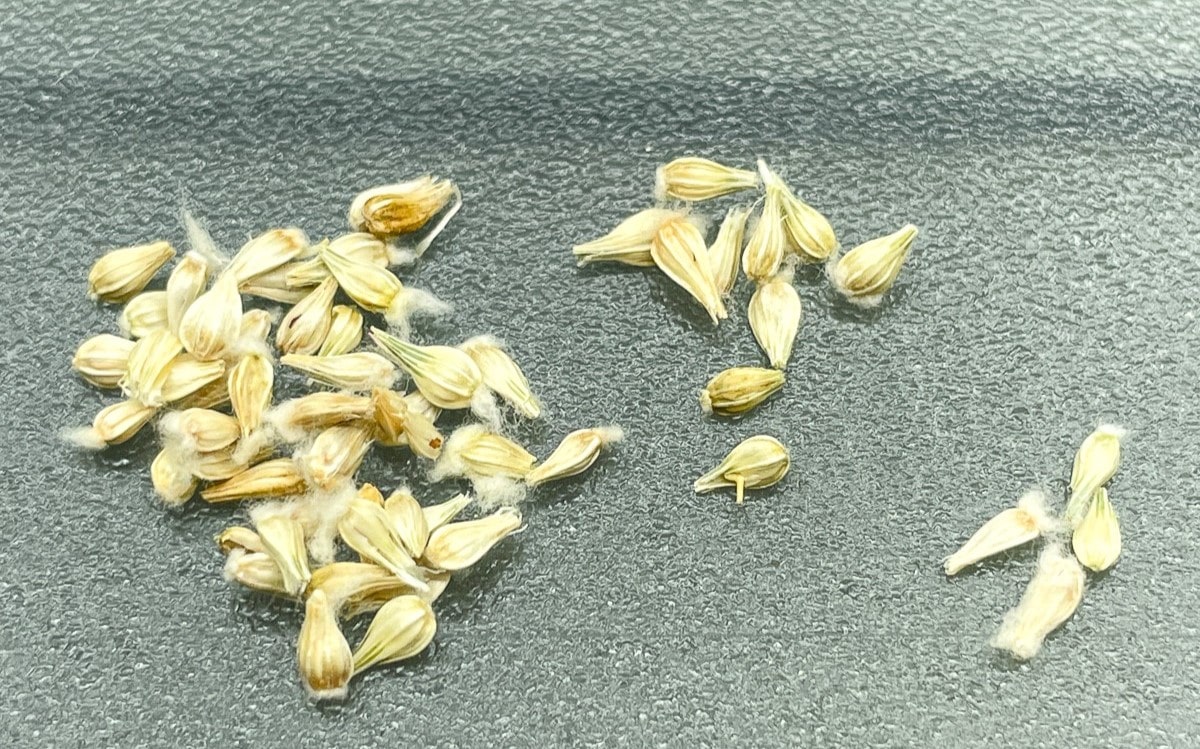
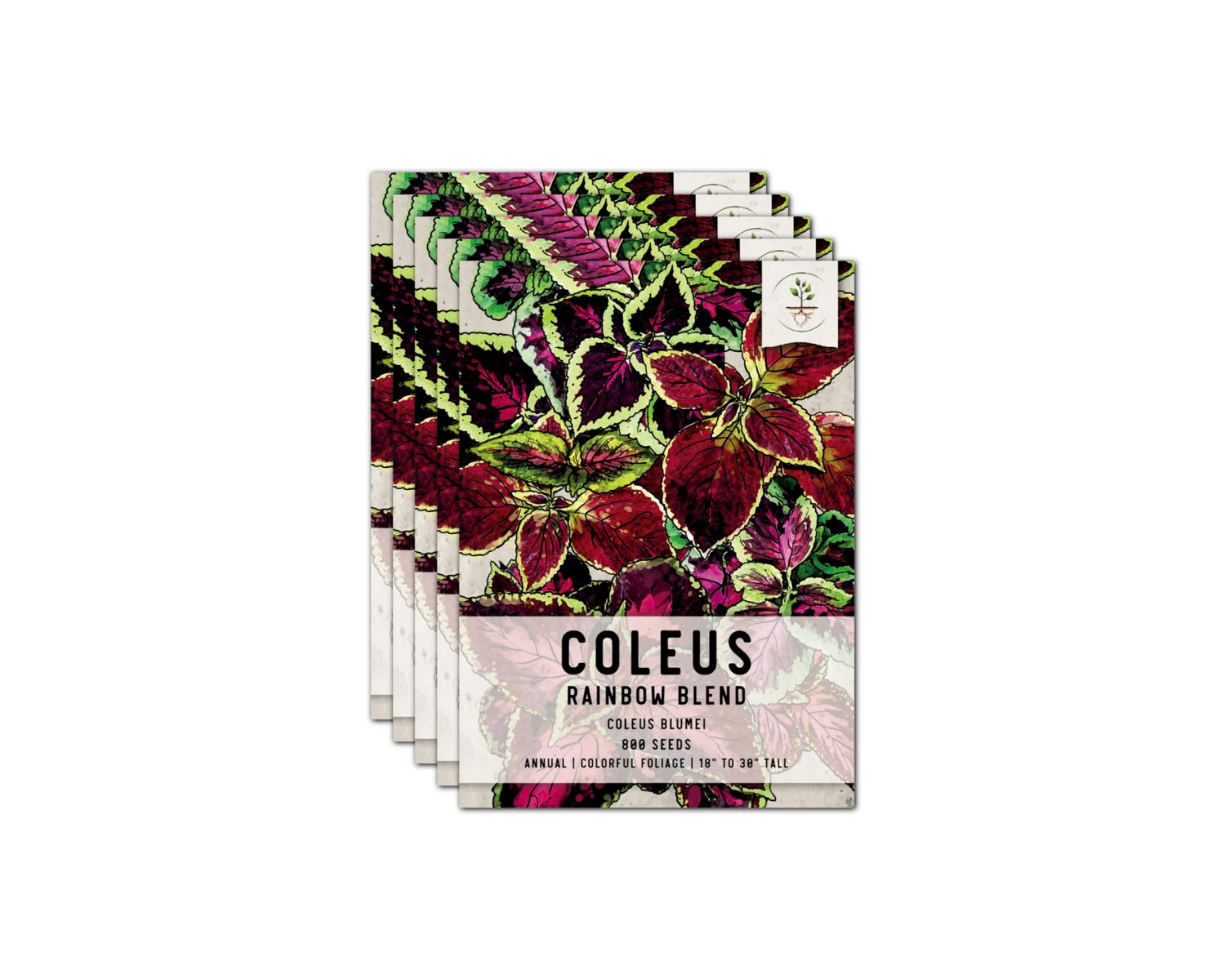
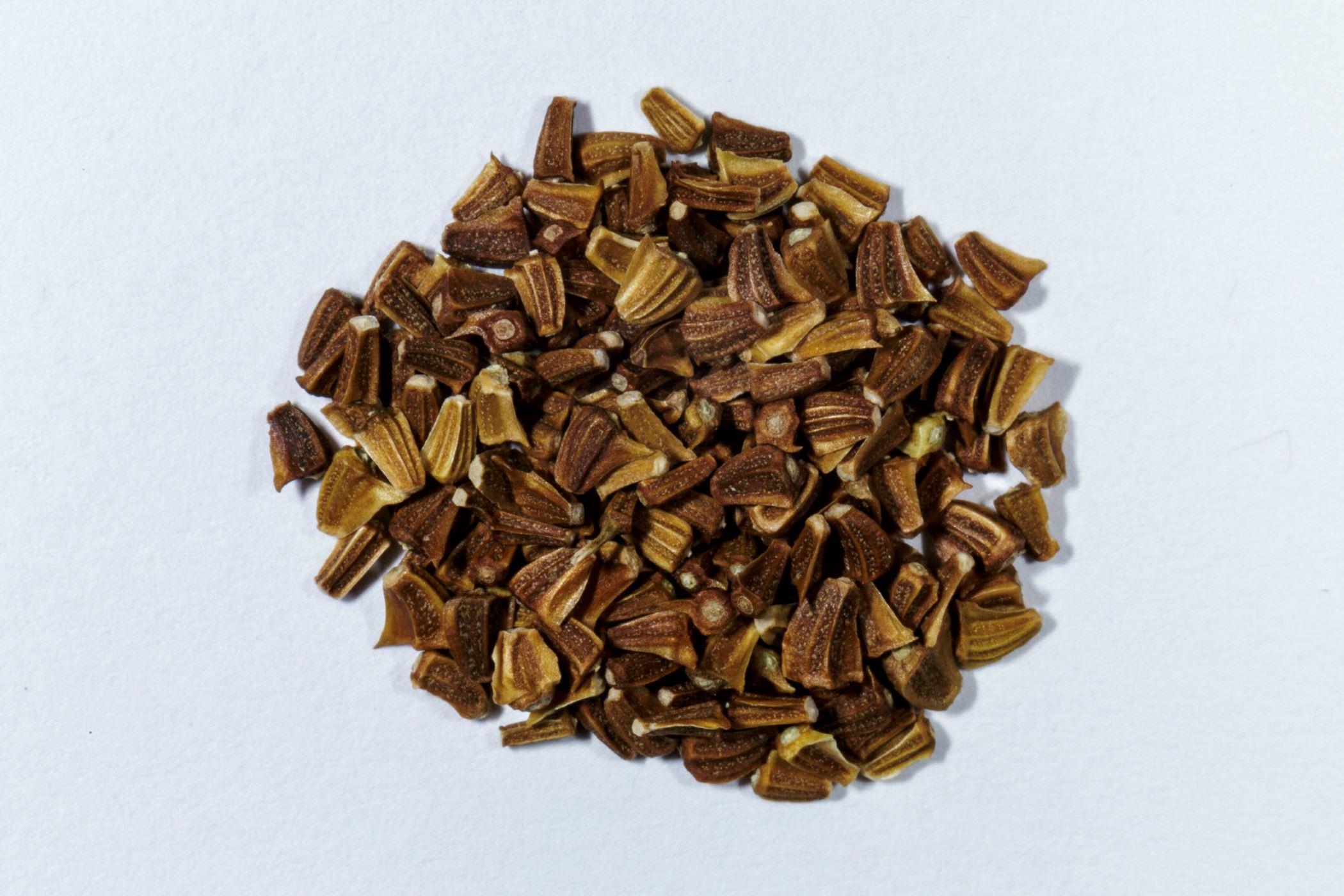
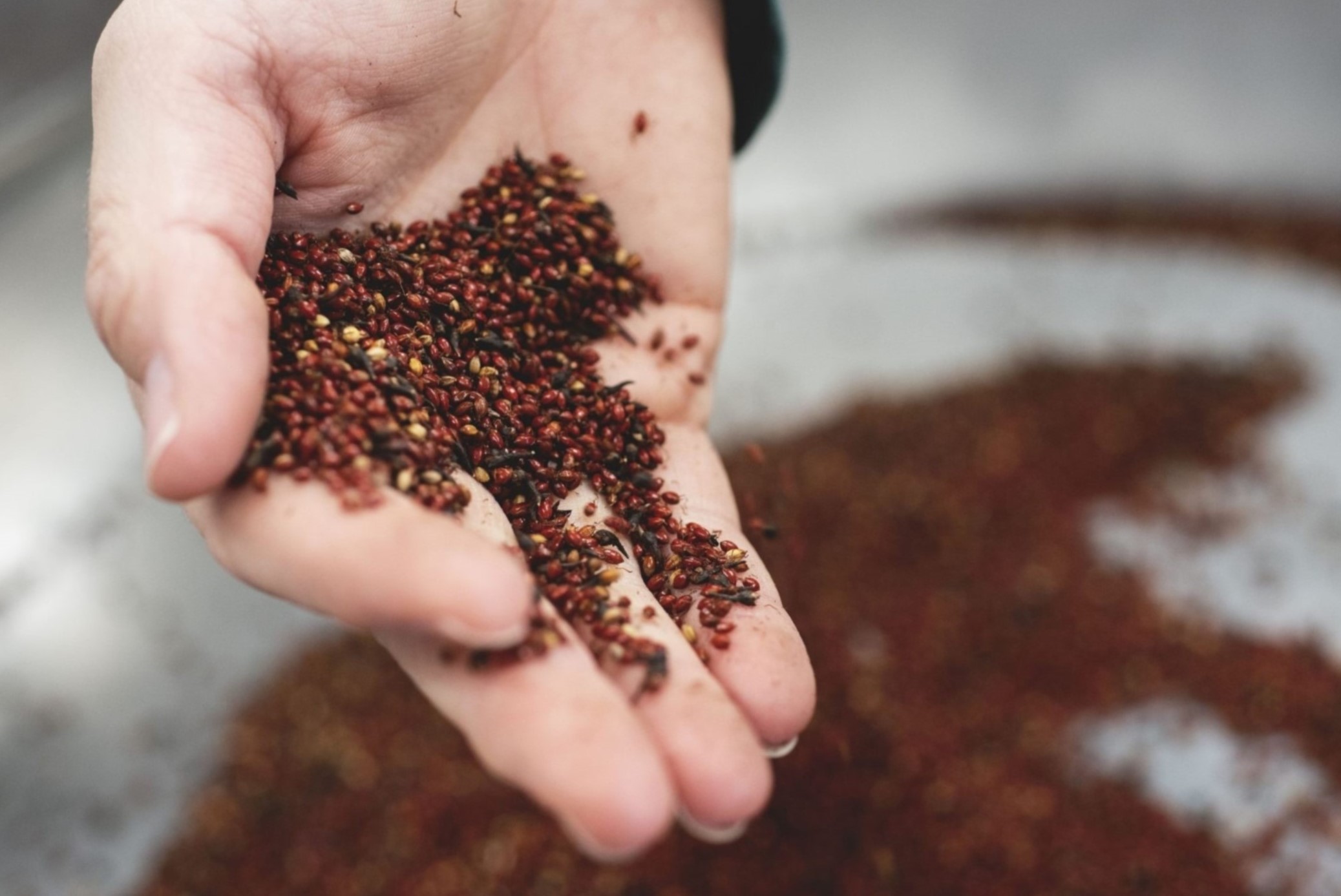
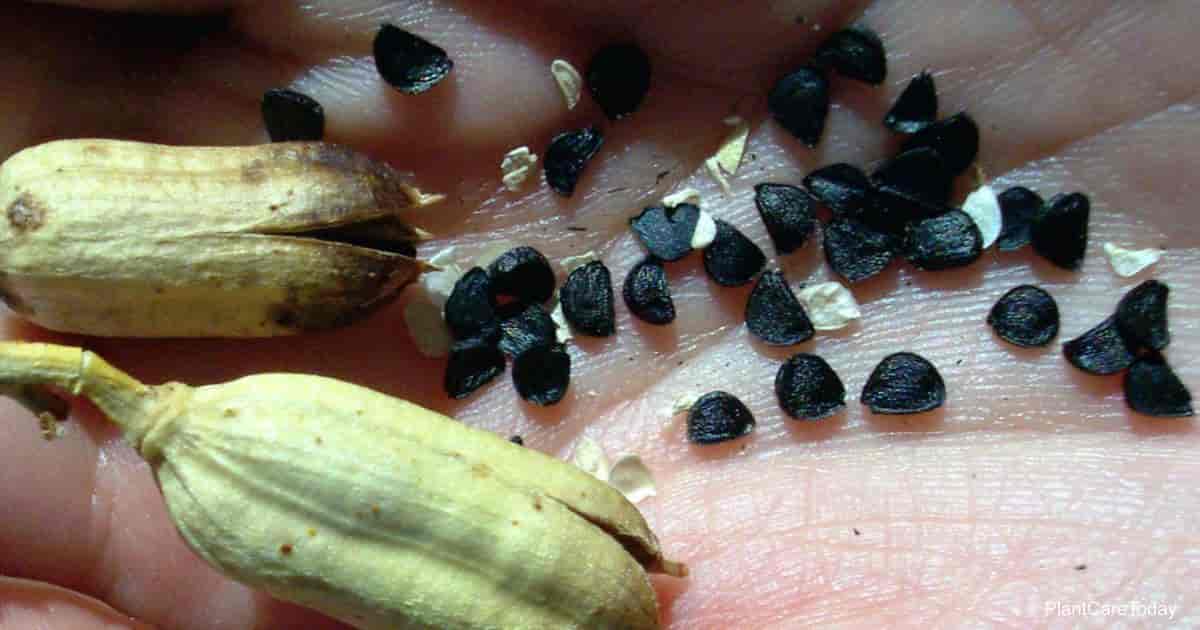
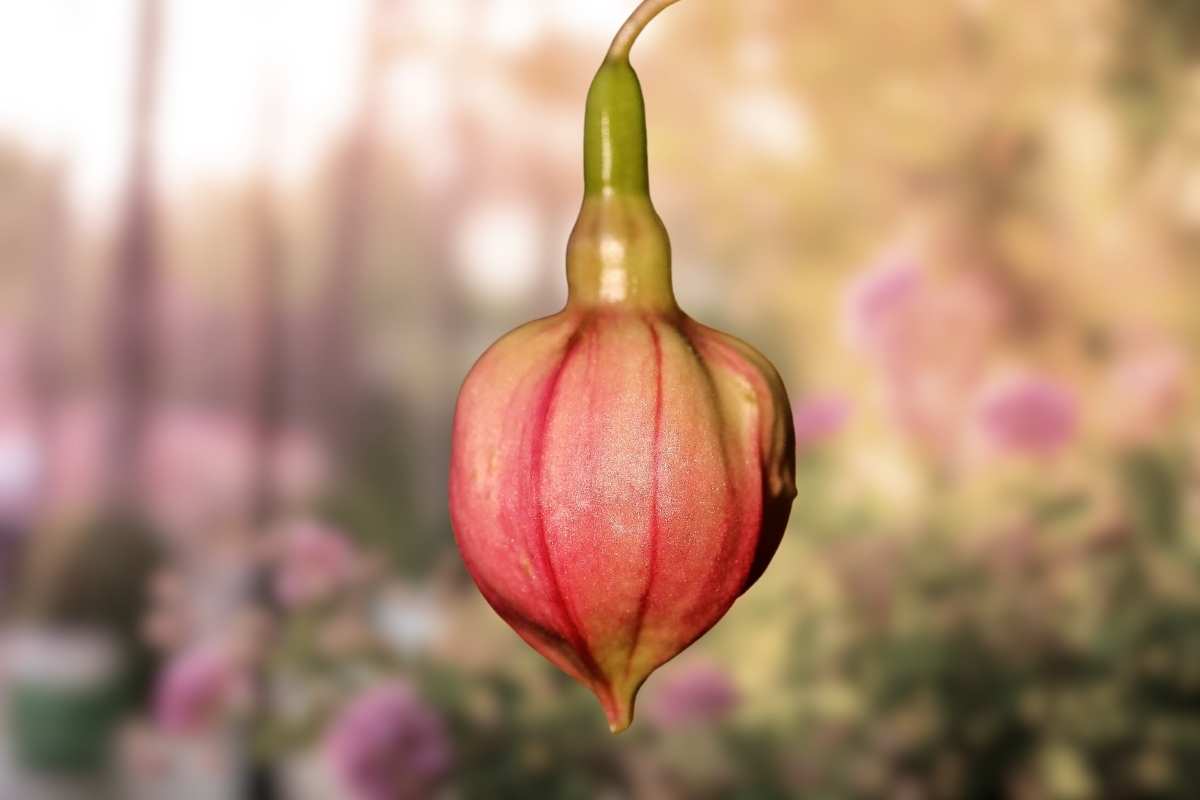
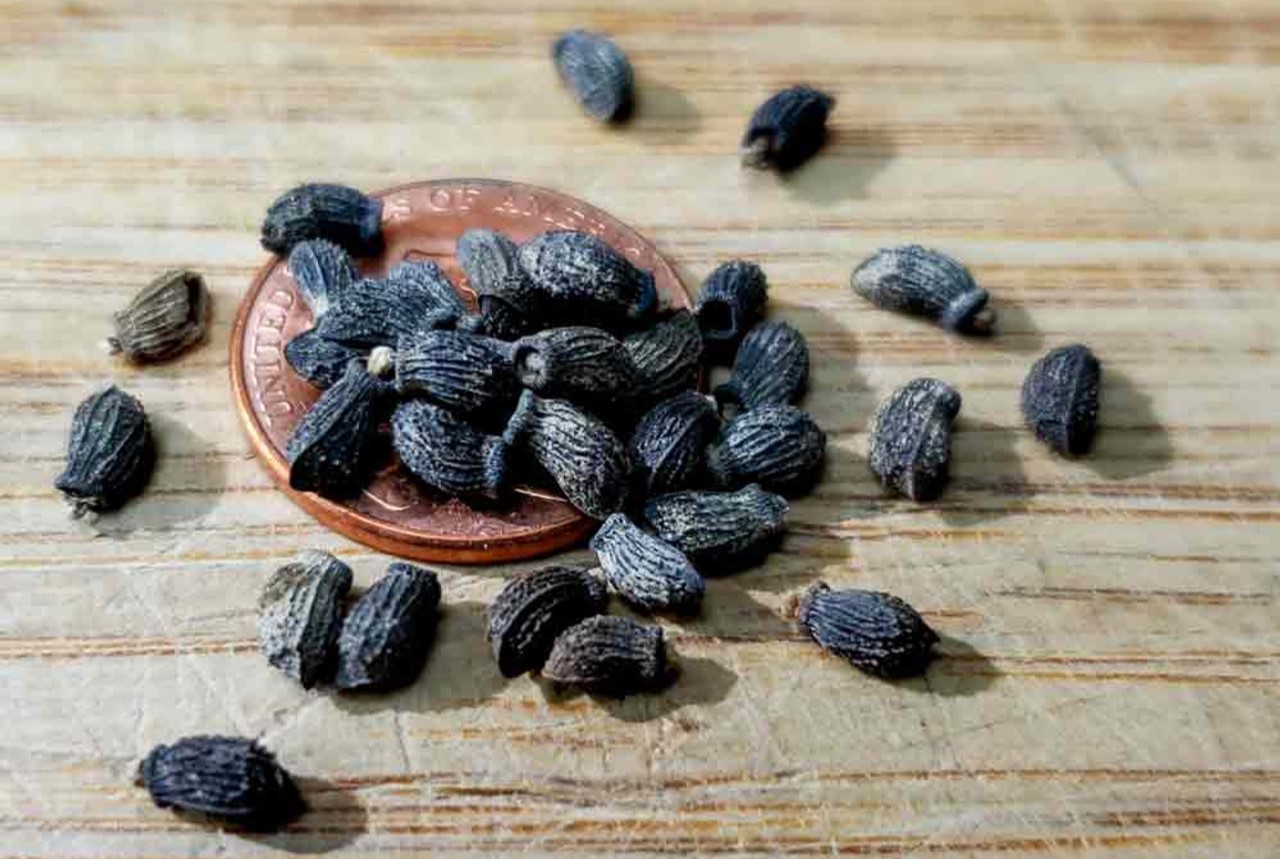

0 thoughts on “What Do Begonia Seeds Look Like”